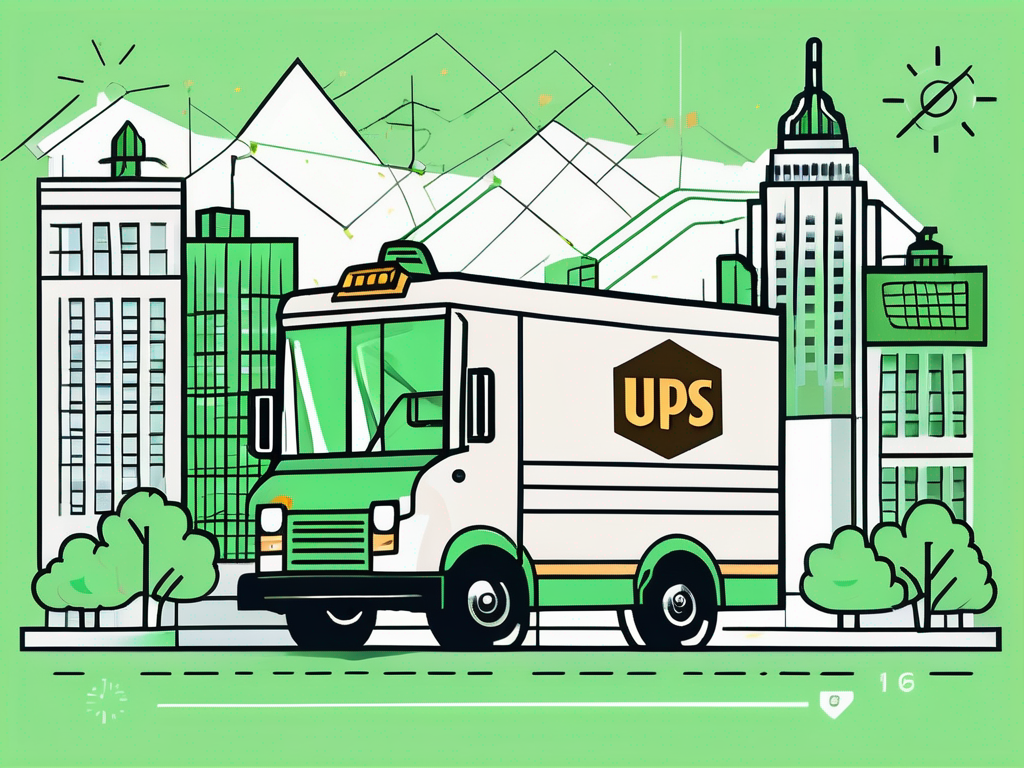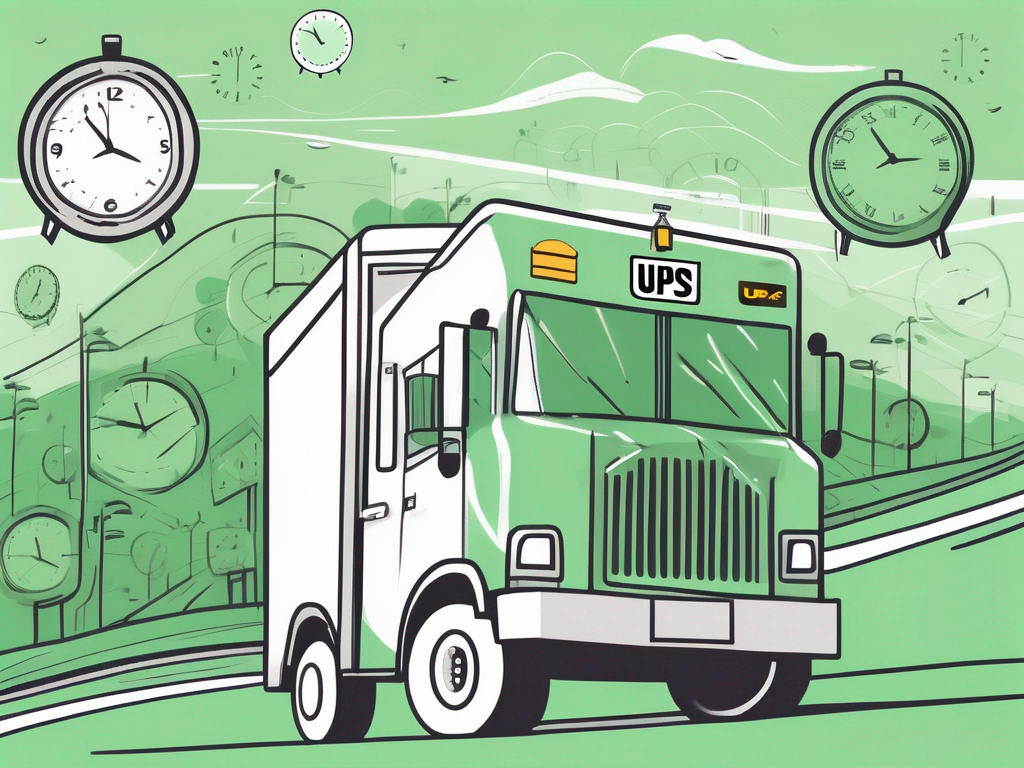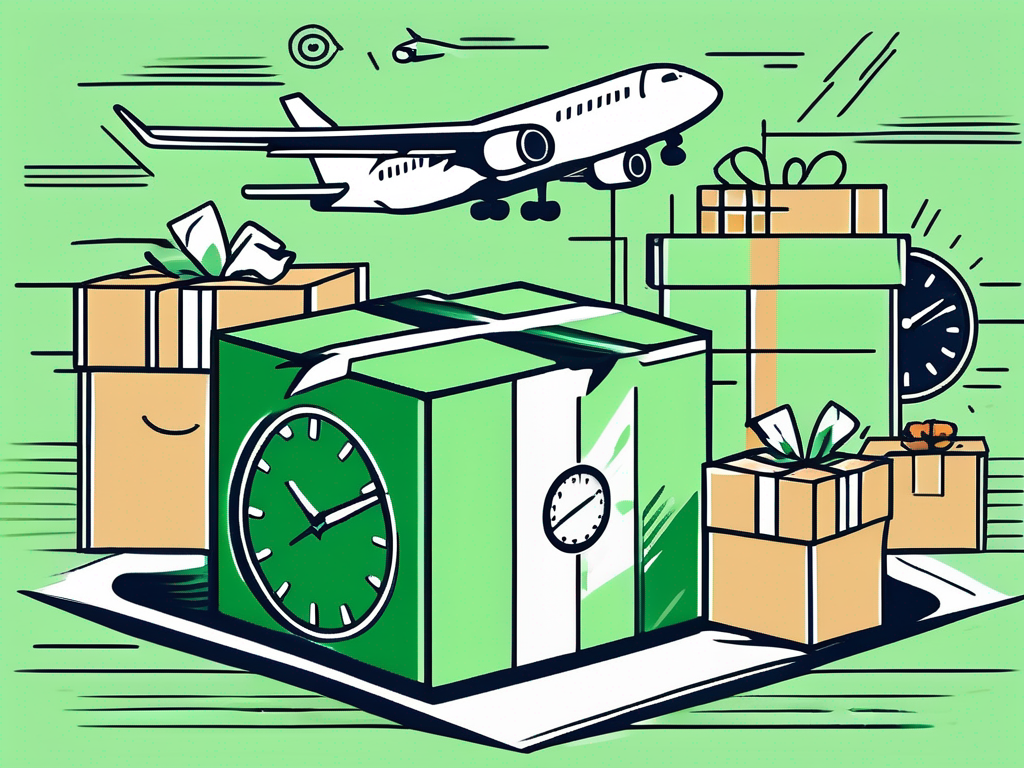Share this
Become a Master of UPS Delivery Scheduling
by Shipfusion Team on Nov. 28, 2024

Shipping isn’t just about getting a package from Point A to Point B anymore—it’s about timing, precision, and keeping customers satisfied in an era where speed is expected, not just appreciated. For eCommerce businesses especially, the stakes couldn’t be higher. A missed delivery or a delayed package can make the difference between a satisfied repeat customer and a lost sale. With so much riding on the delivery process, understanding how UPS’s delivery scheduling system works can be a game-changer.
This guide breaks down the ins and outs of UPS’s scheduling system to show how businesses can use it to streamline their shipping. We'll cover how UPS optimizes delivery routes, what variables can affect your package’s arrival time, and the best steps to take if an order misses its deadline. You'll also get insights on maximizing UPS’s tracking tools, empowering you with the knowledge to provide customers with a reliable, transparent shipping experience.
How the UPS Delivery Scheduling System Works
UPS’s delivery scheduling system is built to streamline shipping for both individuals and businesses. Using advanced algorithms, UPS prioritizes and optimizes routes based on destination, package size, weight, and delivery speed, ensuring timely deliveries.
Every UPS shipment is assigned a unique tracking number that links to its internal systems, allowing the package to be monitored from its origin to its final destination. This real-time connection facilitates accurate delivery estimates and allows drivers to receive timely updates on their delivery routes, minimizing delays and maximizing efficiency.
UPS also offers scheduled pickup options, which is particularly useful for businesses dispatching high volumes of packages. Customers can choose specific time frames for package collection, making shipping more predictable and reducing wait times. Whether standard or expedited, UPS’s scheduling system adapts to varying requirements, providing flexible options for businesses of all sizes.
Additionally, UPS leverages a robust global network of distribution centers, enhancing sorting and routing efficiency. Real-time data analytics further supports this network, allowing UPS to adjust routes in response to potential disruptions, such as traffic conditions or severe weather. By anticipating obstacles and rerouting proactively, UPS reduces delays and improves delivery satisfaction.
Sustainability In UPS’s Delivery Scheduling System
UPS integrates sustainability into its scheduling system, optimizing routes and consolidating deliveries to reduce fuel consumption and carbon emissions. The company has invested in electric delivery vehicles and alternative fuel sources, enhancing its environmental impact—a feature that appeals to eco-conscious businesses. This commitment to sustainability allows businesses to ship confidently, knowing their logistics provider aligns with their environmental values.
Factors Affecting UPS Delivery Schedules
Several factors can significantly impact UPS delivery schedules. Geographic location, for example, plays a major role. Urban areas often experience traffic congestion, while rural areas may face longer transit times due to fewer delivery routes and infrequent service. Understanding these challenges can help businesses set realistic delivery expectations for their customers.
Package weight and dimensions also influence delivery times, especially for heavier or oversized shipments that require additional handling. The service type chosen, such as next-day air or standard ground, affects speed, while certain items like fragile or hazardous materials may need specialized handling, adding time to the delivery process.
Seasonal fluctuations and promotional events can also delay deliveries. During peak seasons, such as the holidays, UPS handles an increased volume, requiring businesses to plan accordingly. Promotional spikes or flash sales can also strain shipping capacity, so advance coordination with UPS ensures your logistics run smoothly, even during high-demand periods.
UPS’s technology for managing deliveries—analyzing traffic patterns, weather forecasts, and historical data—further optimizes routing. However, unexpected events such as road closures or accidents may still cause delays. Real-time tracking keeps customers informed and enables businesses to adjust their operations based on updated delivery information, helping them maintain service standards.
Steps to Take When UPS Misses a Delivery Deadline
When a shipment misses its delivery deadline, taking strategic steps can quickly resolve the issue. Here are actionable steps to address delayed packages:
Check Tracking Information
Begin by reviewing the UPS tracking details, which offer real-time updates and may explain the delay. Sometimes, tracking data lags slightly, so it's best to monitor for recent changes before contacting UPS.
Contact Customer Service
If the delay is prolonged, gather your tracking and shipment details before reaching out to UPS customer service. A representative can offer insights into the delay and suggest alternatives, or provide an expected arrival time. If you’ve registered with UPS My Choice, you’ll receive proactive notifications, helping you adjust your plans accordingly.
Plan for Contingencies
Businesses that frequently use UPS should have a contingency plan, which could include alternative shipping options or backup suppliers to minimize disruption from missed deliveries. Strong relationships with local suppliers can also provide a quick response during peak seasons or other unexpected delays, maintaining fulfillment speed even when issues arise.
Understand UPS Policies on Missed Deliveries
Familiarize yourself with UPS’s guarantees and compensation options for missed deliveries. Knowing these details allows you to make informed choices for time-sensitive shipments and improves your future shipping strategy.
Use UPS Tracking Services
UPS’s tracking services offer real-time shipment information that can significantly improve customer satisfaction. Whether through the UPS website or mobile app, customers can track packages from dispatch to delivery, receiving insights into current status, checkpoints, and estimated arrival times. This transparency helps businesses and customers alike by reducing uncertainty around deliveries.
Notifications via email or app alert provide updates on delivery status, allowing for better planning, especially for businesses managing inventory or customer expectations. By creating an account on the UPS platform, users can manage multiple shipments in one place, customize notification preferences, and centralize tracking, making the process efficient and organized.
Advanced UPS Tracking Tools for Business Optimization
UPS’s tracking tools go beyond basic package monitoring. With GPS tracking and predictive analytics, businesses can see real-time package locations and anticipate delays due to traffic or weather. These insights are invaluable for companies that rely on timely deliveries, as they can adjust logistics on the fly to maintain customer satisfaction.
UPS also offers flexible delivery options, including the ability to reschedule deliveries or designate alternative drop-off locations. For customers with busy schedules, these options ensure packages arrive conveniently and efficiently, enhancing the shipping experience. Businesses can use these insights to refine their logistics strategies, creating more reliable delivery schedules.
Let Shipfusion Take Care of UPS Delivery Scheduling for You
Partnering with a reliable logistics provider makes all the difference in an increasingly demanding shipping landscape. By utilizing UPS’s advanced delivery scheduling and tracking tools, businesses can optimize their shipping processes and enhance customer satisfaction. However, a third-party logistics partner like Shipfusion offers even more—integrating streamlined shipping, robust tracking, and inventory management solutions into one seamless service. Shipfusion’s commitment to real-time reporting, order accuracy, and white-glove support ensures that your shipments arrive precisely when and where they need to, every time.
If you’re ready to elevate your shipping strategy, reach out to Shipfusion today and discover how our solutions can be customized to fit your business’s unique needs.
Share this
You May Also Like
These Related Articles

Does UPS Deliver Early? Here’s How UPS Delivery Schedules Work

How to Honor the Estimated Shipping Date Your Customer Expects

Expedite Shipping Meaning In Logistics Explained
- April 2025 (18)
- March 2025 (26)
- February 2025 (26)
- January 2025 (37)
- December 2024 (16)
- November 2024 (23)
- October 2024 (22)
- September 2024 (27)
- August 2024 (9)
- July 2024 (8)
- June 2024 (5)
- May 2024 (8)
- April 2024 (8)
- March 2024 (6)
- February 2024 (6)
- January 2024 (5)
- December 2023 (3)
- November 2023 (3)
- October 2023 (5)
- September 2023 (4)
- August 2023 (2)
- July 2023 (1)
- June 2023 (4)
- March 2023 (2)
- October 2022 (1)
- September 2022 (5)
- August 2022 (4)
- July 2022 (7)
- June 2022 (4)
- May 2022 (4)
- April 2022 (6)
- March 2022 (2)
- February 2022 (1)
- January 2022 (3)
- December 2021 (2)
- November 2021 (4)
- October 2021 (2)
- September 2021 (5)
- August 2021 (4)
- July 2021 (4)
- June 2021 (3)
- May 2021 (2)
- April 2021 (3)
- March 2021 (3)
- February 2021 (3)
- January 2021 (2)
- December 2020 (4)
- November 2020 (2)
- October 2020 (4)
- September 2020 (2)
- July 2020 (5)
- June 2020 (4)
- May 2020 (2)
- April 2020 (2)
- March 2020 (4)
- February 2020 (1)
- December 2019 (1)
- May 2018 (1)
- March 2018 (2)
- February 2018 (3)
- January 2018 (3)
- November 2017 (3)
- July 2017 (4)
- March 2017 (3)
- February 2017 (5)
- January 2017 (3)
- December 2016 (4)
- November 2016 (6)
- October 2016 (6)
- October 2015 (1)
- September 2015 (1)
- June 2015 (3)
- May 2015 (3)
- August 2014 (1)
- July 2014 (1)
- March 2014 (1)
- February 2014 (1)